For the Tobacco Project (2011) series, Xu Bing (b. 1955) uses cigarettes that are glued together to create a tiger skin-like rug that occupies the entire room. Cigarettes are a huge part of the daily lives of Chinese people and of Xu’s life. While on residency at Duke University in 2000, Xu became interested in the history of the Duke family, who became wealthy in the 19th century by entering the tobacco industry and manufacturing cigarettes that were then exported all around the world. With a series of art pieces made of tobacco leaves, cigarette packaging and advertising, and cigarettes themselves, Xu Bing wanted to reflect on the economic and social impact that tobacco and its derivatives had in the lives of Chinese people.
Yin Xiuxhen (b. 1963) repurposed another common material for Transformation (2007) by collecting old tiles from Beijing’s traditional courtyard houses, the siheyuan. On top of each tile, she positioned a black-and-white photograph of the location where she had collected the tiles. The aim of Yin’s artwork is to raise awareness of the destruction and displacement that Beijing’s construction policies have brought to the city. Because of the government’s projects to destroy the old Beijing’s neighborhood buildings in order to replace them with modern constructions, many residents of the siheyuan have been displaced. Yin’s art can be seen as a testament to the traditional way of life of the Beijingers and as an attempt to use discarded, yet sentimentally and culturally powerful materials, to transform them into art.




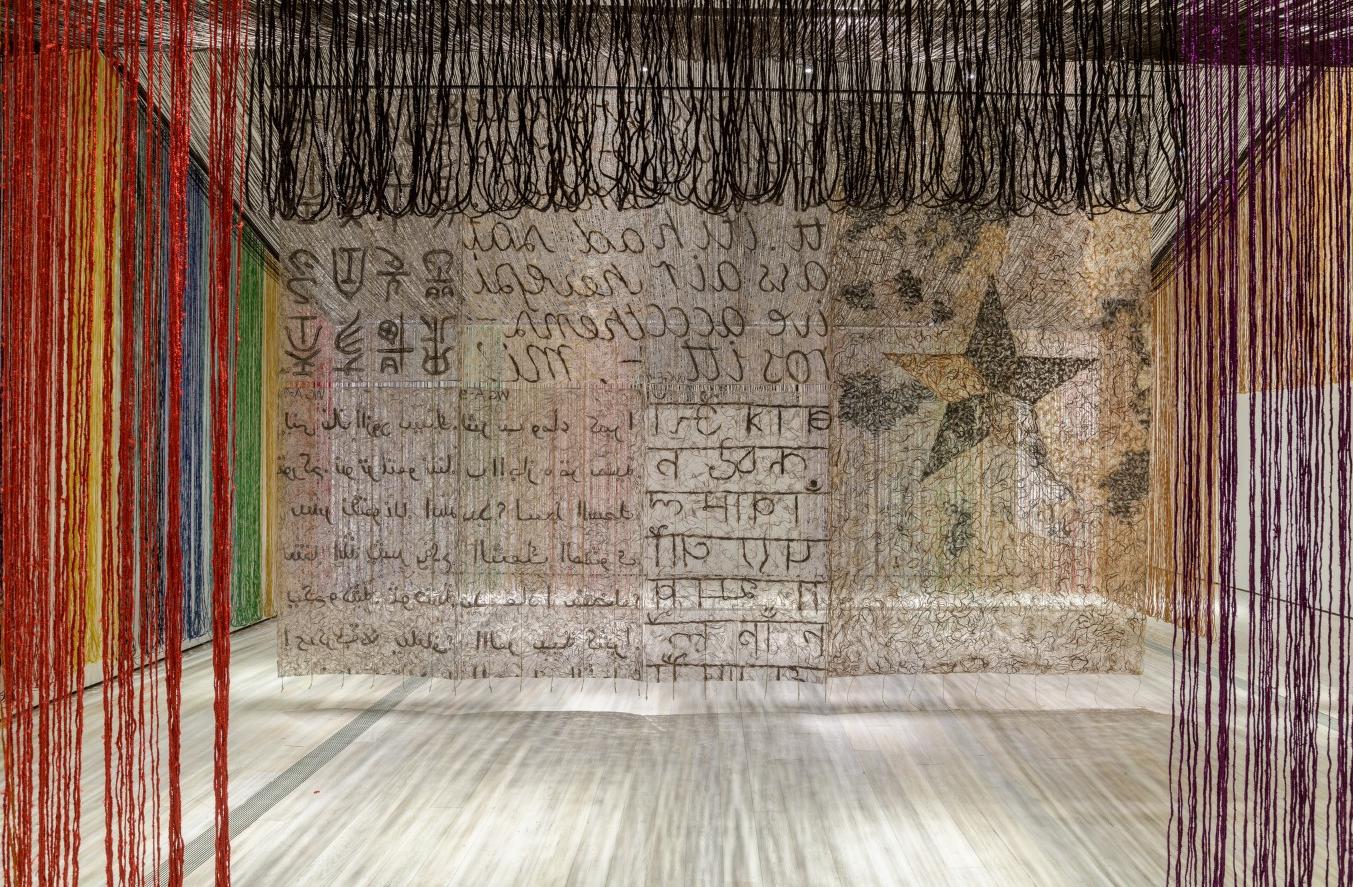

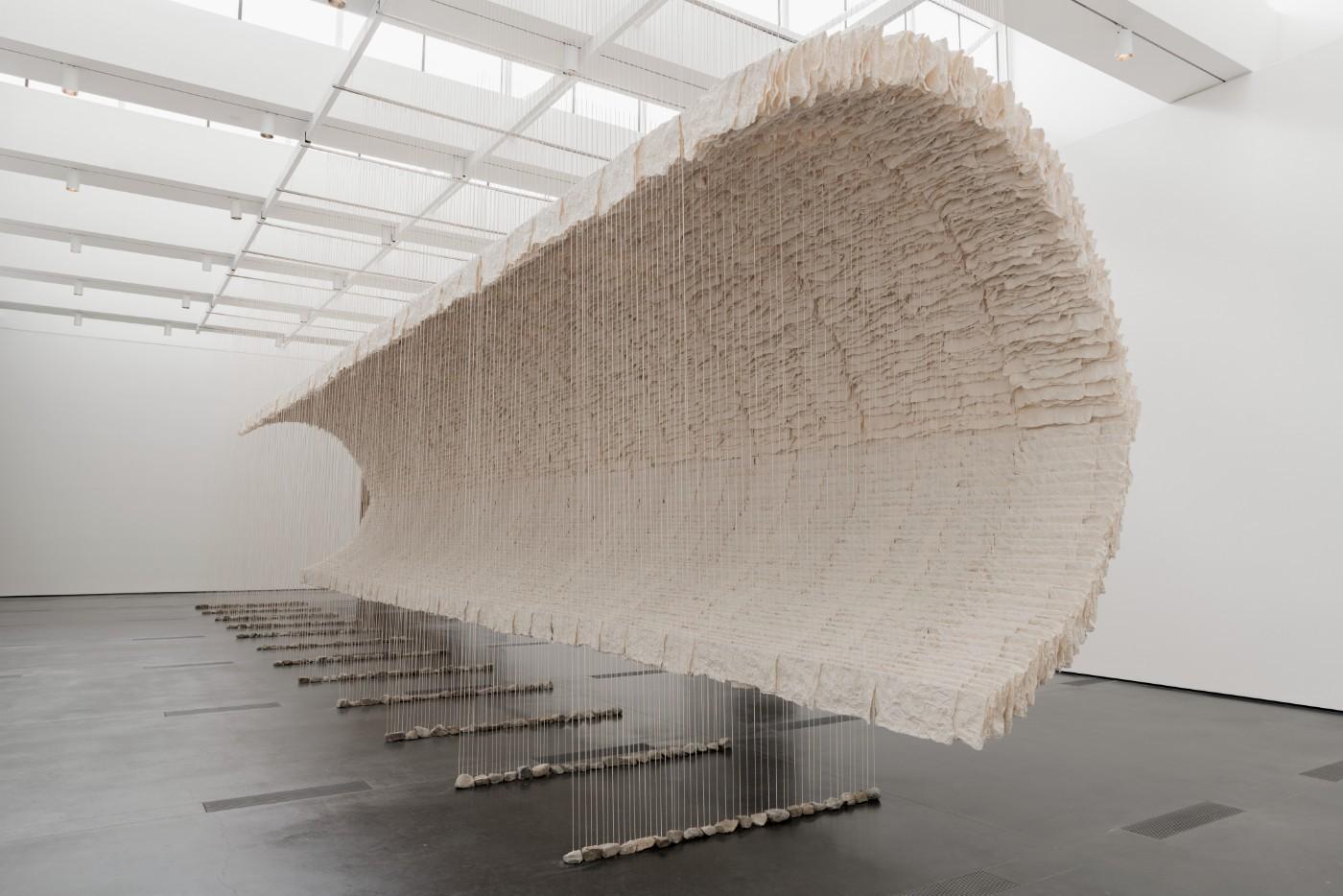
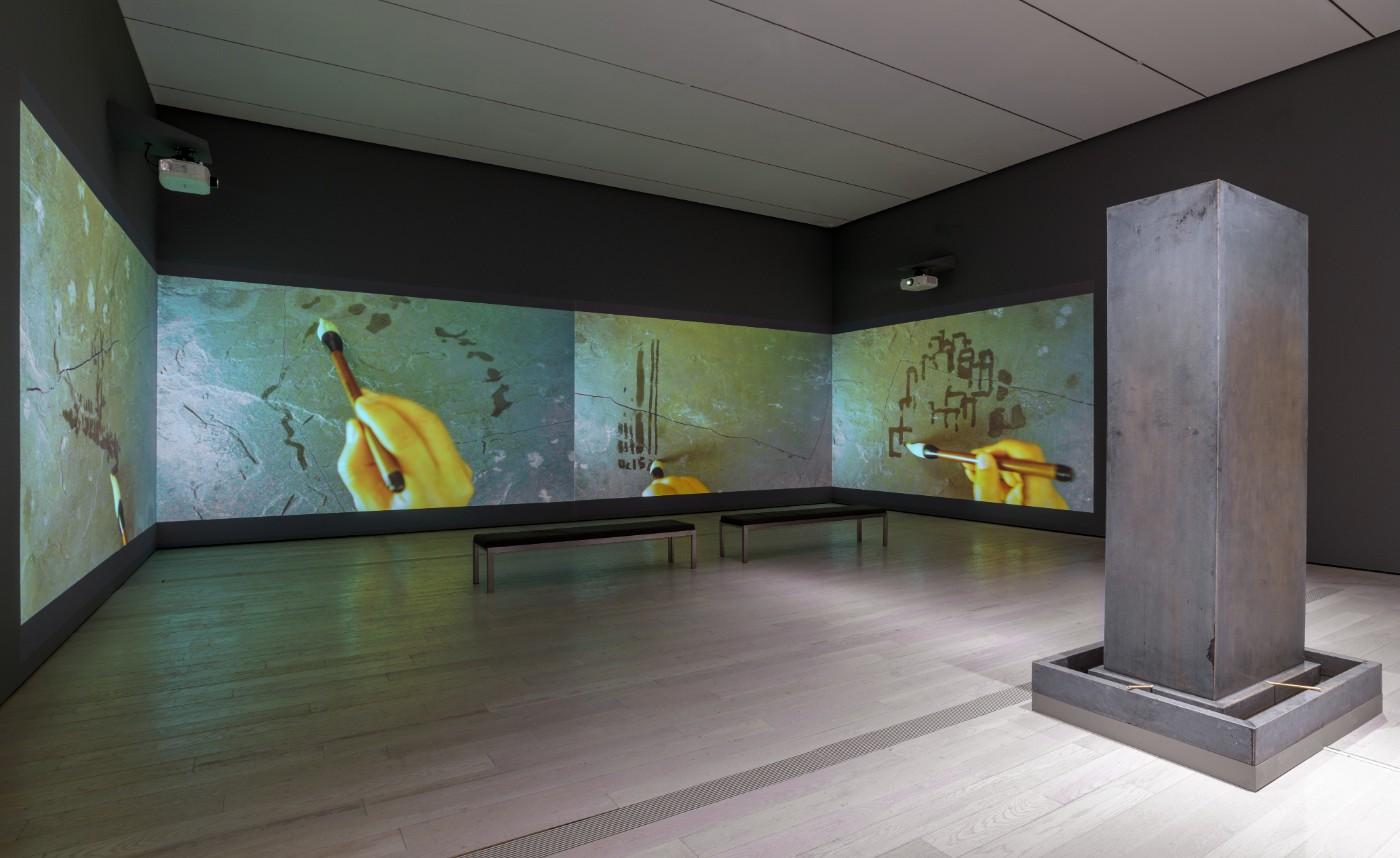
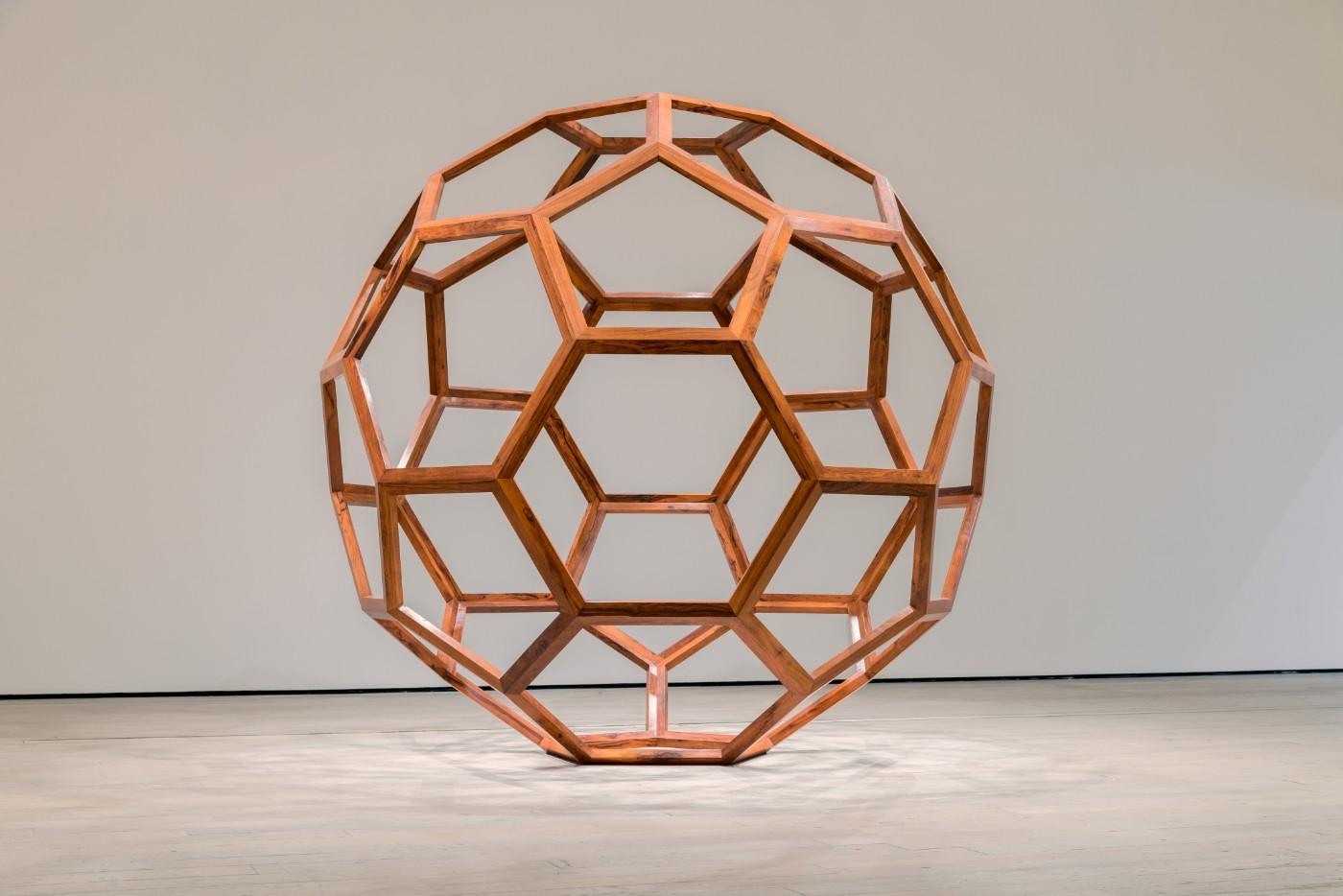
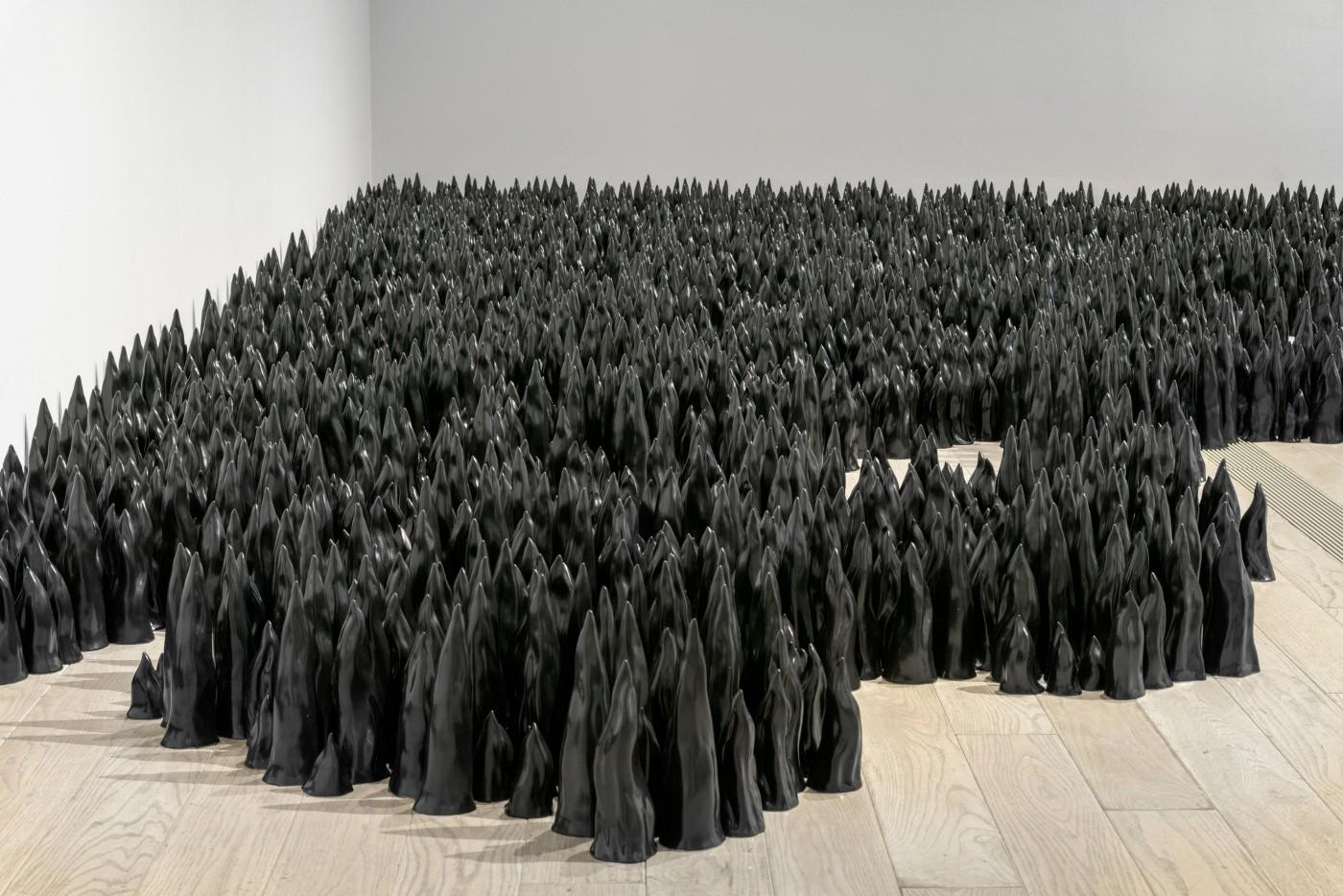






















![DEl Kathryn Barton [Australian b. 1972] the more than human love , 2025 Acrylic on French linen 78 3/4 x 137 3/4 inches 200 x 350 cm Framed dimensions: 79 7/8 x 139 inches 203 x 353 cm](/sites/default/files/styles/image_5_column/public/ab15211bartonthe-more-human-lovelg.jpg?itok=wW_Qrve3)